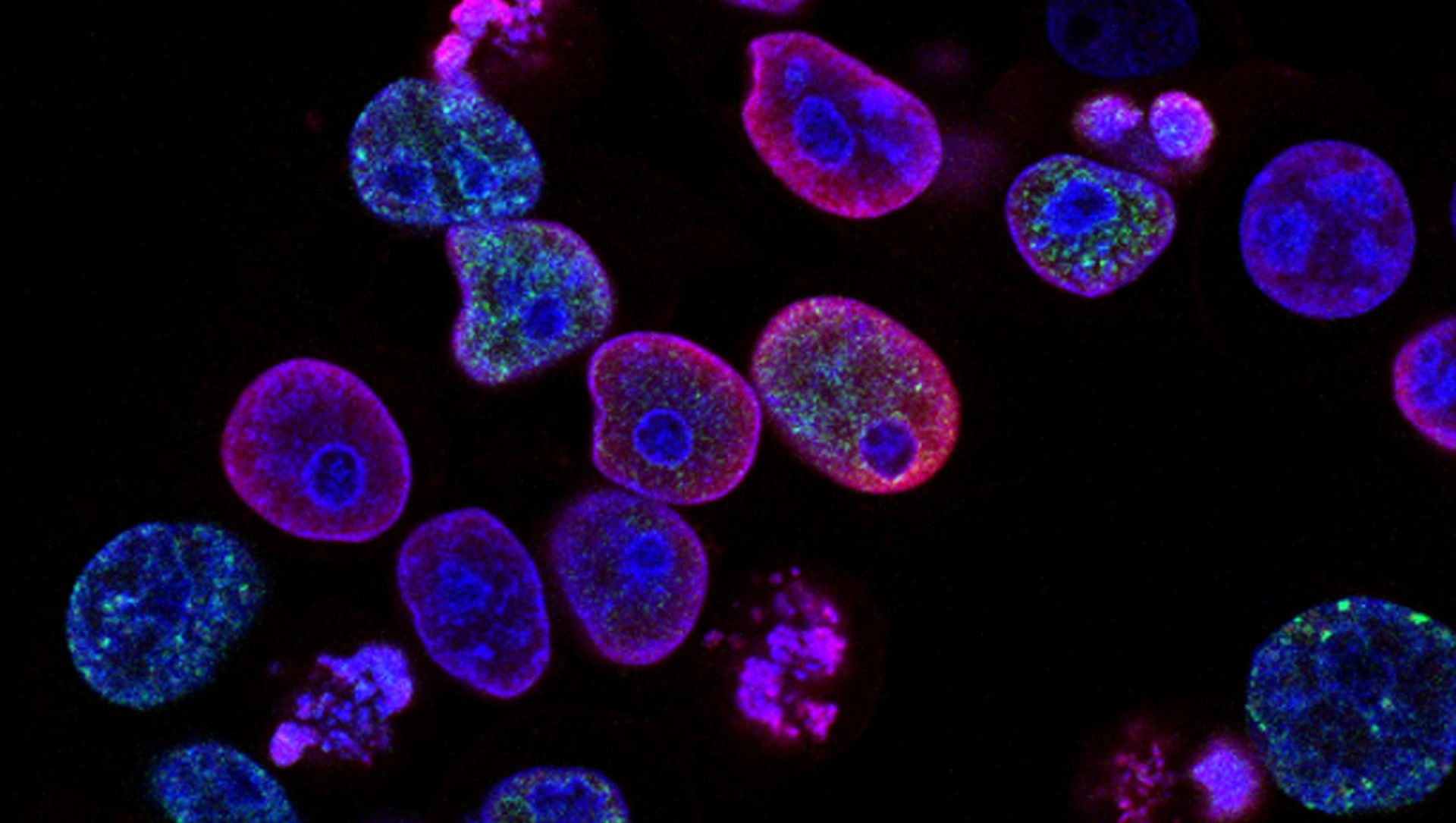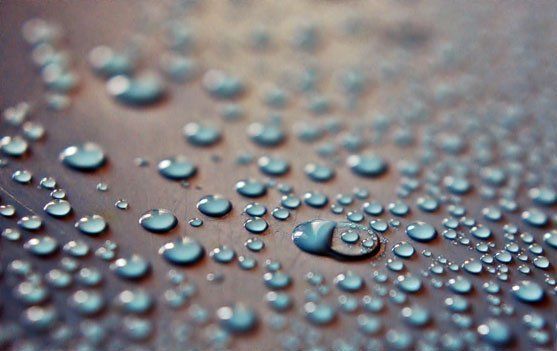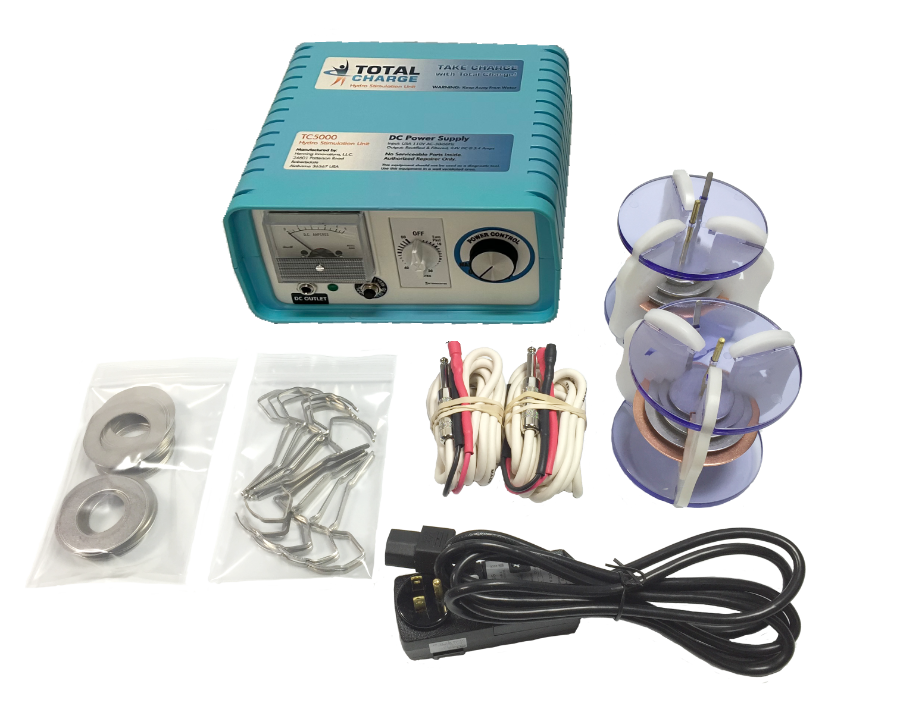Nobel Prize in Chemistry of 2003

2003 Nobel Prize in Chemistry
All living matter is made up of cells. A single human being has as many as the stars in a galaxy, about one hundred thousand million. The various cells – e.g. muscle cells, kidney cells and nerve cells – act together in an intricate system in each one of us. Through pioneering discoveries concerning the water and ion channels of cells, this year’s Nobel Laureates Peter Agre and Roderick MacKinnon, have contributed to fundamental chemical knowledge on how cells function. They have opened our eyes to a fantastic family of molecular machines: channels, gates and valves all of which are needed for the cell to function.
Source: Nobelprize.org







